Understanding the 3.0 Pickleball Player
Defining the Advanced 3.0 Level According to USAPA
The 3.0 player, as defined by the USA Pickleball Association (USAPA), is transitioning from being a beginner to becoming an intermediate player. Typically, these players have developed a basic understanding of the rules and strategies of the game and are capable of participating in competitive play. They possess a working knowledge of various shots, including serves, volleys, and dinks, which are fundamental to bettering their game.
Characteristics of a Typical 3.0 Player: Skills and Gameplay
As a 3.0 player, you’re honing your control over shots. This level of play often involves:
- Improving shot types: You should be able to use different types of shots effectively, such as drives, dinks, and drops.
- Game strategy: At this stage, you're beginning to understand positioning on the court and playing in doubles, working as a team.
- Consistency: Many 3.0 players can achieve a consistent rally length, making their game more competitive.
The primary objective for players at this level is to enhance their overall game while developing a balanced approach that combines both offense and defense.
Goals of a 3.0 Player: Improving Control, Power, and Finesse
The goals for a 3.0 player can vary but generally revolve around three key areas:
- Control: Achieving better shot placement to win points.
- Power: Increasing shot power without losing control to keep opponents on their toes.
- Finesse: Learning to master varying techniques like spin and touch to handle various game scenarios.
Thus, every decision made regarding equipment, especially the paddle, should align with these goals to ensure you’re maximizing your potential on the court.
See more: Top 7 Best Pickleball Paddles for 3.5 players in 2025
Key Features to Consider When Choosing a Paddle for a 3.0 Player
When selecting the right paddle, there are several aspects to keep in mind that cater to your specific preferences and needs.
Grip Size and Comfort for Enhanced Control
The grip size of the paddle plays a significant role in your control while swinging. A comfortable grip allows for better maneuverability and reduces fatigue during extended play. Players should assess their hand size and try different grips to find the most comfortable one.
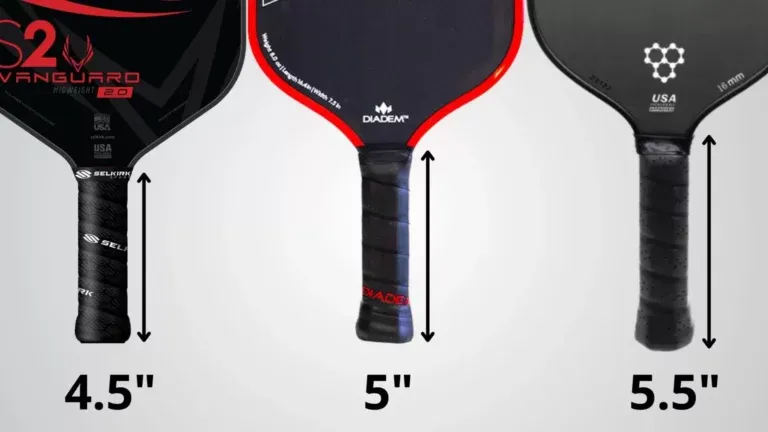
Paddle Face Size: Ensuring Good Coverage
The paddle face size is also crucial. A larger face offers a greater "sweet spot," which is critical for achieving successful hits, especially for players still mastering control. Look for paddles that provide a balance between size and weight to maintain performance.
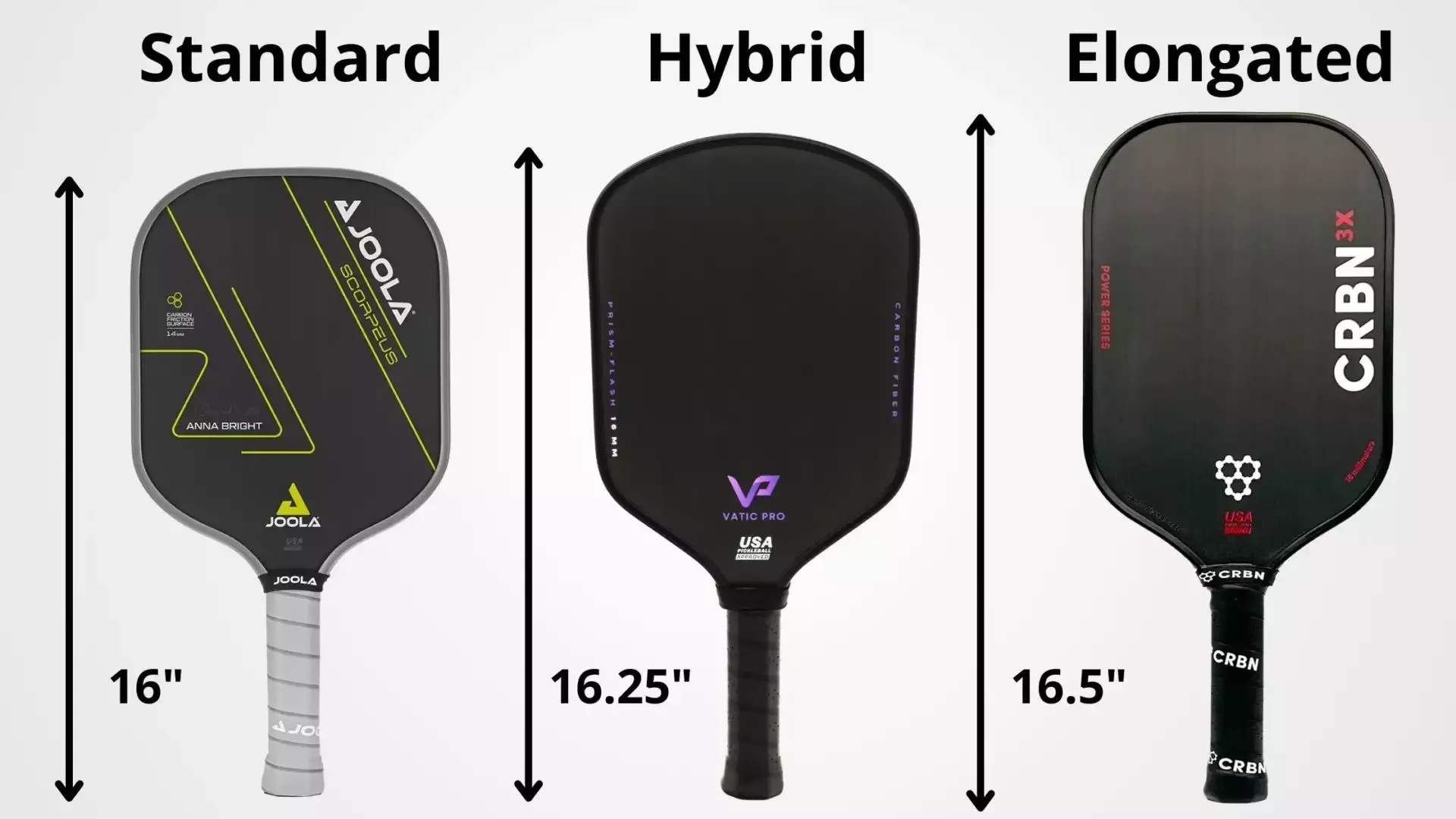
Paddle Weight: Balancing Power and Maneuverability
The weight of the paddle is another critical factor. Generally, lighter paddles (6.0 - 7.5 oz) provide better maneuverability, making them easier to control. However, medium to heavier paddles (7.5 - 8.5 oz) often yield greater power behind every shot. Assess your game style to determine your preferred weight.
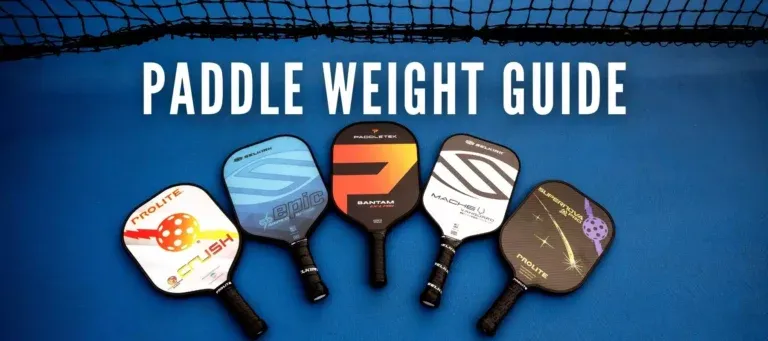
Paddle Core Material: Impact on Bounce and Power
The core material significantly affects performance. For instance:
- Polymer honeycomb provides excellent durability and consistent bounce.
- Nomex honeycomb offers a powerful pop but can transmit more vibrations, requiring better control.
Understanding these materials can guide you toward the paddle that fits your play style.
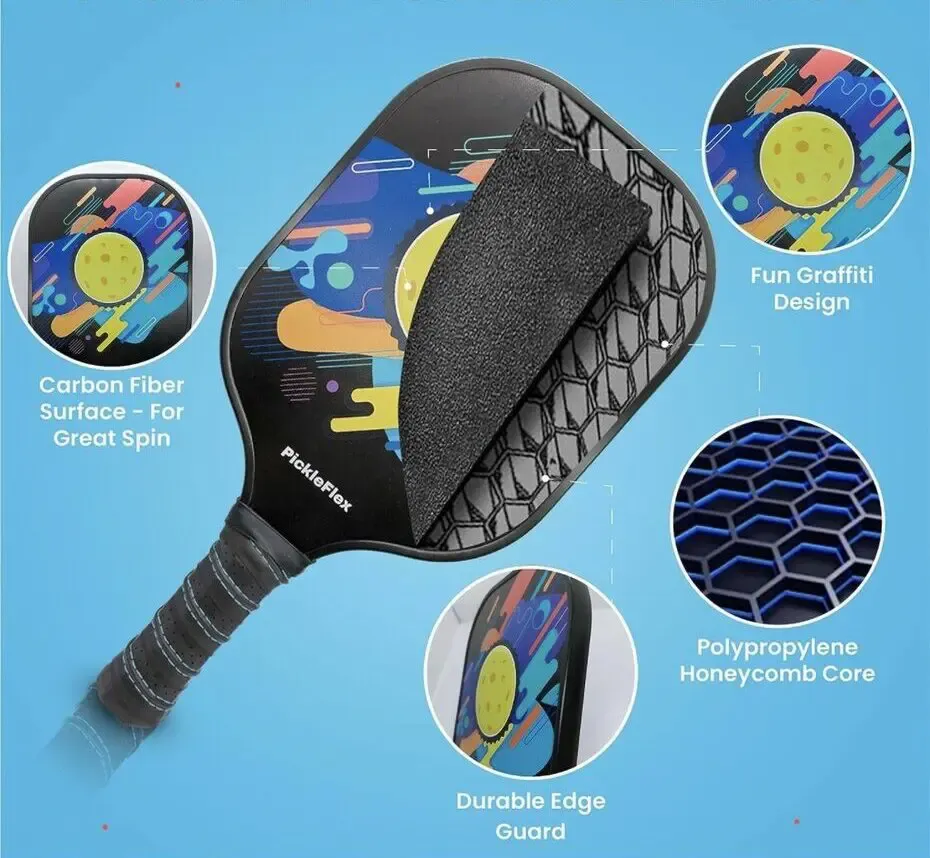
Paddle Surface Material: Influence on Control and Spin
The surface material can greatly affect your game, particularly regarding spin control and shot dynamics. Graphed surfaces are known for their exceptional ball grip, which aids in generating spin, while composite surfaces might be more forgiving and balanced. Your choice should reflect how you prefer to attack your opponent.
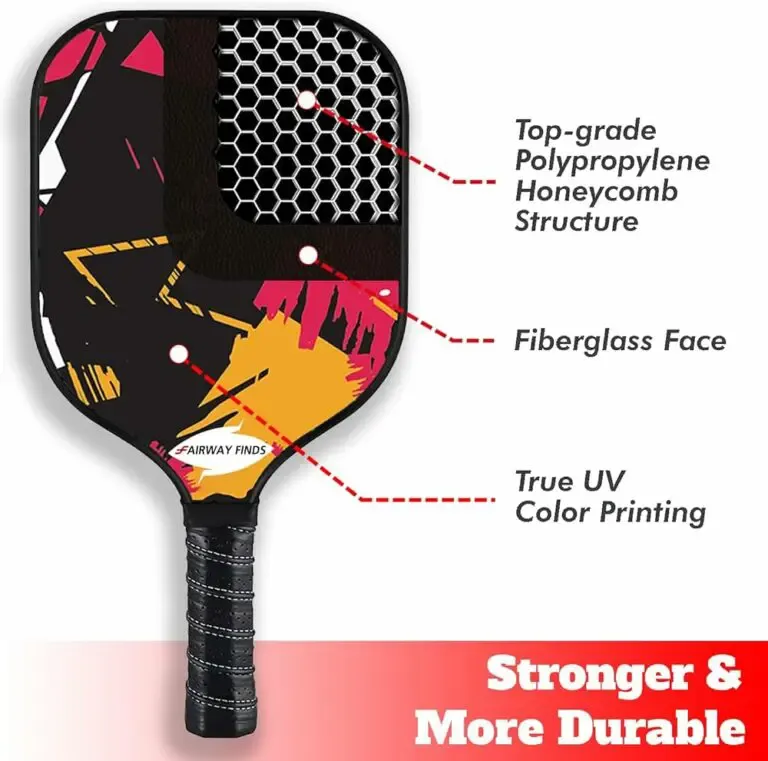
Paddle Ply Construction: Durability for Regular Play
Choosing a paddle with a sturdy ply construction can enhance its longevity. Paddles built with 5-ply construction typically withstand regular use better than those with fewer layers. This is an especially vital consideration if you're playing frequently and competitively.
Aesthetics: Choosing a Paddle You'll Love
While performance is paramount, the design and color of the paddle can significantly affect your enthusiasm for the game. Selecting a paddle with a visually appealing aesthetic personalized to your taste may enhance motivation and emotional connection to your equipment.
Price Considerations: Investing Wisely in Your Game
Finally, evaluating the price is essential. Paddles typically range in price from affordable options to mid-range investments. The right paddle can indeed be a substantial investment, positively impacting your overall game. Regardless of the price point, it's crucial to assess the value against the specific features that matter most to you.
What Makes a Paddle Great for a 3.0 Level Player?
To ensure you're selecting a best pickleball paddle that meets the unique needs of a 3.0 player, consider these essential attributes.
Achieving the Right Weight and Balance for Optimal Performance
Finding the right balance regarding weight is critical this directly affects your power and control, resulting in more precise shots. Weighing your options and trying paddles will help you find the most comfortable match.
The Importance of Paddle Shape and Feel
Paddle shape also plays a vital role in your experience. Look for paddles that feel comfortable and allow for a firm grip; a tacky surface can also enhance your tactile connection with the paddle.
Durability and Sturdiness for Long-Term Use
Given the investment in a paddle, it’s essential to maintain a focus on durability. Look for products known for their solid build and long-lasting performance, ensuring the paddle withstands intensive play.
Making Your Choice: Selecting the Best Paddle for Your 3.0 Game
The decision-making process in selecting your paddle should focus on several key areas:
Consider Your Playing Style and Preferences
Evaluate your game style. Are you more control-oriented or power-oriented? This consideration will frame much of your paddle selection process.
Evaluating Your Current Paddle's Limitations
Assess your current paddle's limitations. Does it lack in terms of balance or power? Identifying these shortcomings can dictate whether you need an upgrade.
Reading Reviews and Comparing Specifications
Lastly, take the time to read reviews and compare specifications. Understanding the pros and cons of different paddles based on player feedback can guide your ultimate decision.
FAQs
Is a Heavier Paddle Always Better for Power?
Not necessarily. While heavier paddles can deliver more power, lighter paddles allow for quicker movements and enable better control. The choice depends on your playing style.
What is the "Sweet Spot" on a Pickleball Paddle?
The "sweet spot" refers to the area on the paddle face that, when struck by the ball, results in the best performance with minimal vibration. A larger sweet spot often leads to better consistency in shots.
What are the Different Types of Pickleball Paddle Materials and Their Advantages?
Common paddle materials include graphite, composite, and polymer. Graphite offers durability and lightness, composite provides a blend of power and touch, and polymer ensures longevity and consistent bounce.
How Do Graphite and Polymer Paddles Compare in Terms of Performance?
Graphite paddles are typically lightweight, offering quick reactions, while polymer paddles tend to provide stability and a softer feel. The choice often comes down to personal preference on touch versus speed.
Conclusion: Elevate Your 3.0 Game with the Right Paddle
As a 3.0 player, selecting the ideal paddle can enhance your game significantly. By considering factors like weight, grip size, paddle face size, and materials, you can choose a paddle that aligns with your goals of improving control, power, and finesse. Invest in a paddle that matches your style and emphasizes development, allowing your game to flourish on the court. Your journey toward advancing your skills in pickleball starts with the right equipment, so make your choice wisely!

















